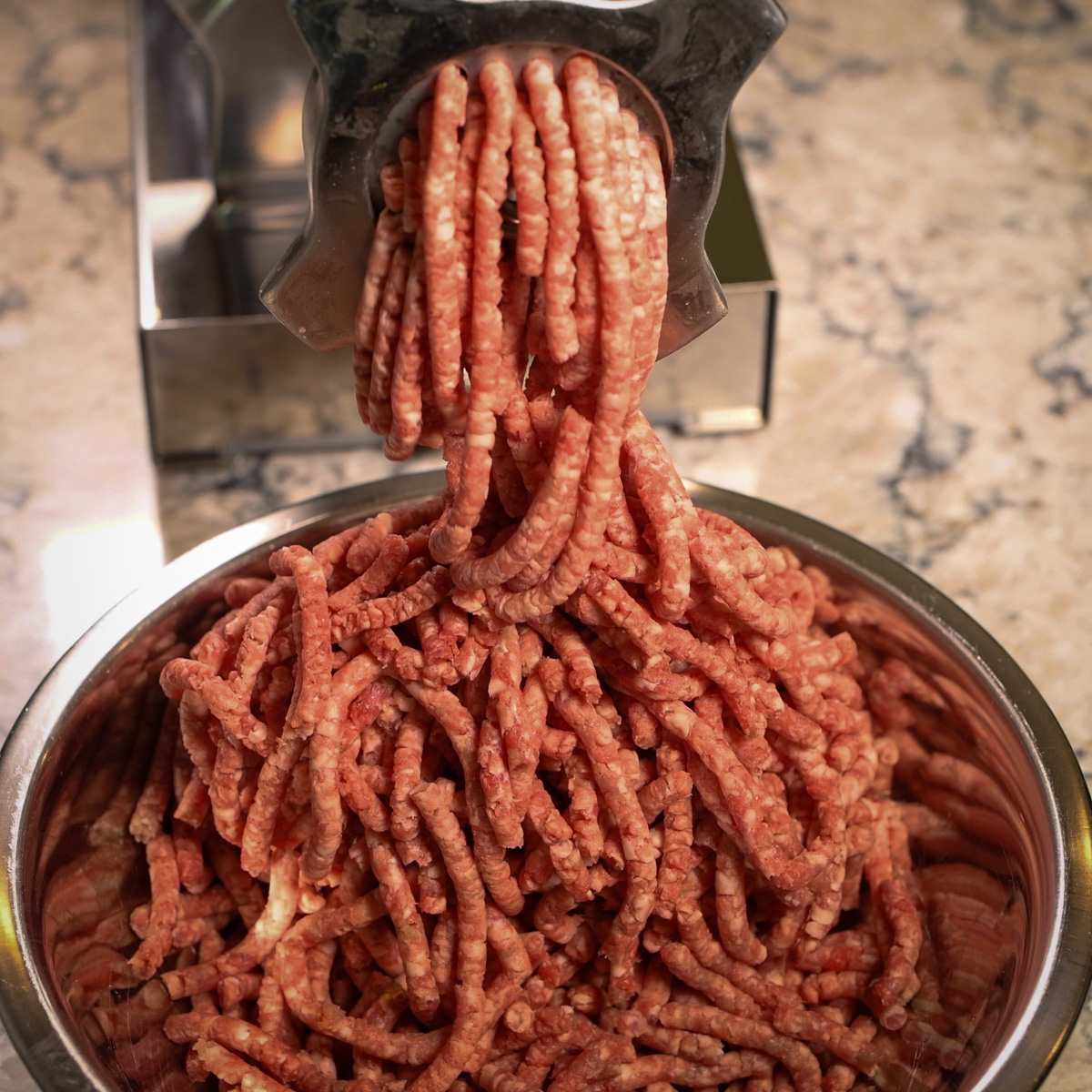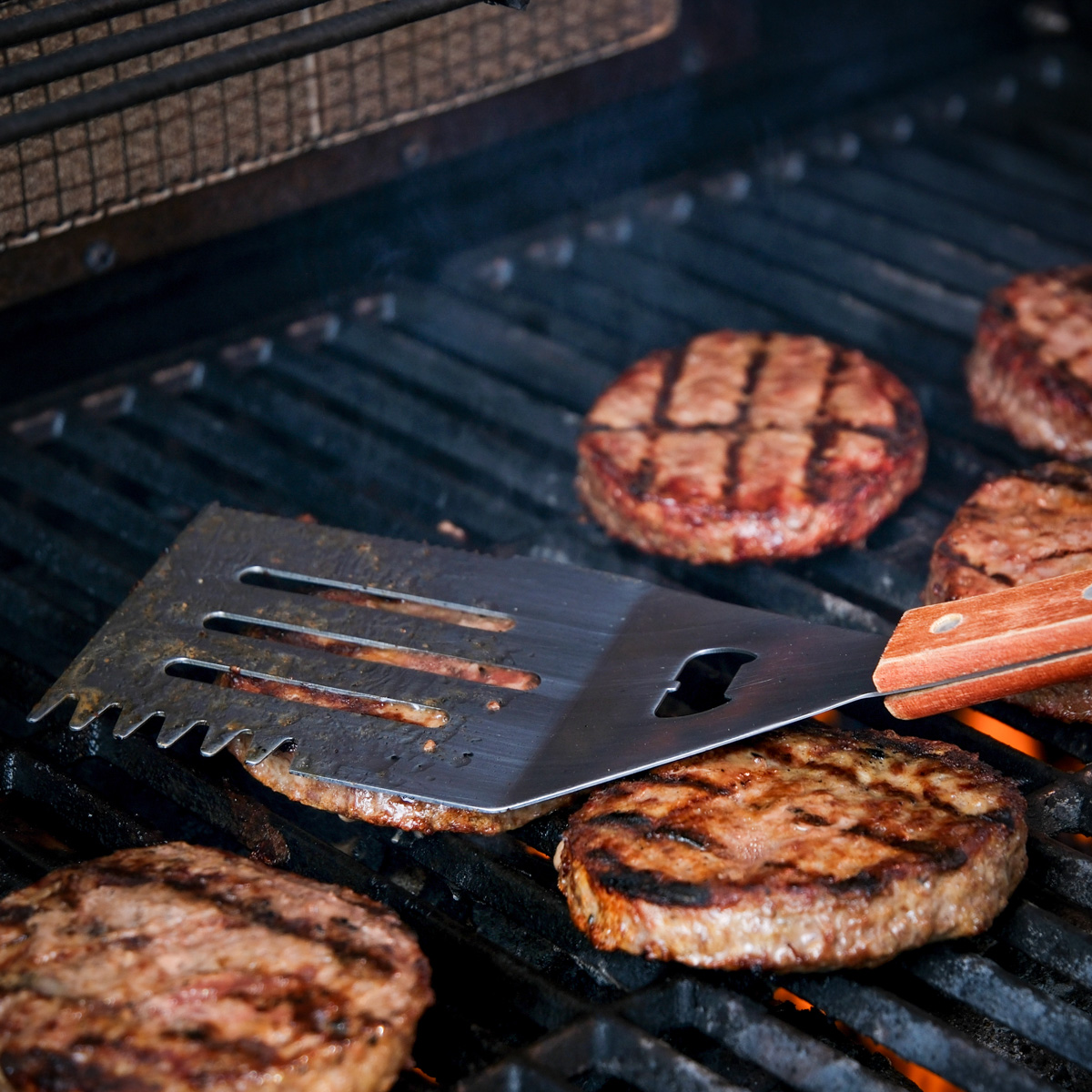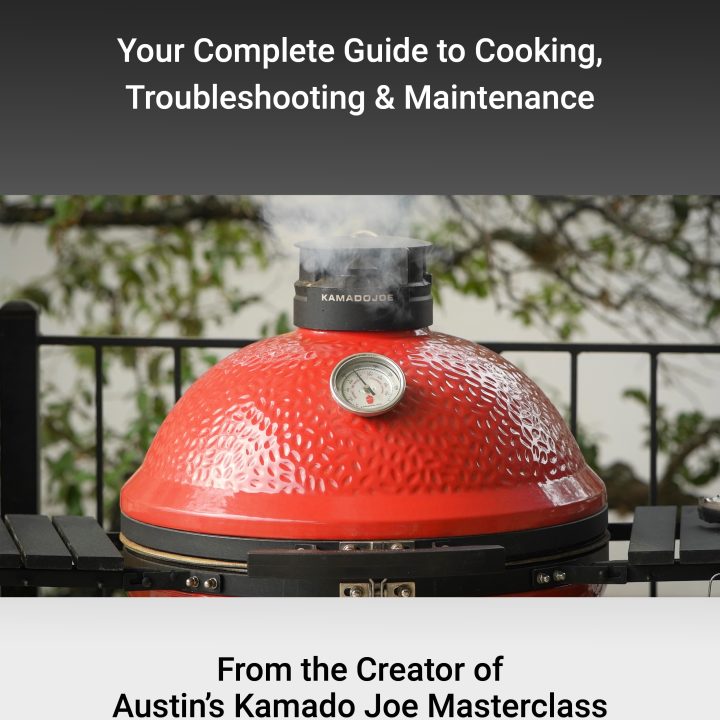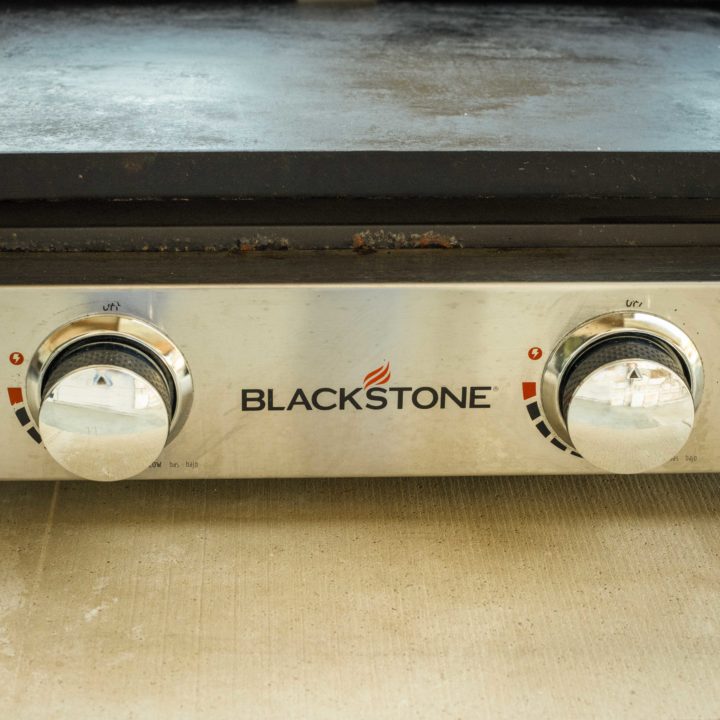Hamburgers, a quintessential American dish, are the epitome of backyard grilling. Yet, despite their apparent simplicity, making the perfect burger can be difficult to achieve. The art of hamburger cooking requires attention to detail and avoiding common mistakes that can derail the experience. From dry patties to bland flavors, various mistakes can quickly ruin a burger. In this post, we'll uncover the most common errors people make when cooking hamburgers and provide tips to help you master the art of burger perfection.

Jump to:
Manage the Meat-to-Fat Ratio
One of the fundamental aspects of a great burger is the meat-to-fat ratio. A burger needs some fat because that is what gives the burger flavor. Too lean, and your burger will end up dry and lacking in flavor. Too much fat, and the burger can be a greasy mess. Target a meat-to-fat ratio of around 80/20 or 70/30 (meat to fat). This balance ensures juiciness and flavor while preventing excessive grease.
Not Seasoning the Meat
Seasoning is key to elevating the flavor of your burgers, yet it's a step that many people overlook or underestimate. Generously season the meat with salt and pepper before forming the patties. Experiment with additional seasonings like garlic powder or onion powder to enhance the flavor further. Montreal Steak Seasoning is a common addition in my house.
Handling the Meat Too Much
Overworking the meat when forming the patties can lead to tough, dense burgers. Handle the ground meat as little as possible. Use a light touch when forming the patties, shaping them into loose balls before gently pressing them into shape. Use a burger press to shape and flatten the meat in one motion and make a patty with uniform thickness. Avoid compacting the meat too firmly.
Not Grinding Your Own Meat
While store-bought ground beef is convenient, it often lacks the freshness and flavor of freshly ground meat. Pre-ground beef can also contain additives and trimmings from various cuts, affecting the texture and taste of your burger. In addition, store-bought ground beef should always be cooked to a safe temperature because it could be contaminated with various types of bacteria that can cause food poisoning. Consider grinding your own meat using a meat grinder.

Choose quality cuts like chuck and sirloin and grind them just before cooking for the best results. This allows you to control the fat content and ensures a fresher, more flavorful burger, that can be safely cooked medium-rare if that's how you like it. For more information, look at my video Burger Challenge - Which Meat Makes the Best Burger. Try my recipe for a Wagyu Smash Burger Cooked in Beef Tallow.
Making the Patties Too Small
Burgers shrink when they cook. Unless you want a burger patty that is a lot smaller than the bun, make the burger patties bigger. A 5 ½-inch patty will fit nicely on a 4-inch bun, will a little overhang, when cooked.

Flattening the Patty While Cooking
It's tempting to press down on the burger with a spatula while it's cooking, but this can drain the juices and result in a dry, flavorless patty. Resist the urge to flatten the burger and allow it to cook undisturbed, flipping it only once halfway through cooking. This helps to maintain the burger's juiciness and flavor.

Overcooking
Overcooking is perhaps the biggest issue of burger cooking. Whether on the grill or stovetop, leaving the burger on for too long can turn it from juicy and flavorful to dry and tough in a matter of minutes, turning what could have been a delicious burger into a disappointment. Invest in a meat thermometer and cook your burgers to the desired level of doneness. For medium-rare burgers, aim for an internal temperature of 130-135°F (54-57°C). Remember that residual heat continues cooking the meat even after it's removed from the grill or pan, so let the burgers rest for a few minutes before serving.
Not Making Your Own Hamburger Buns
The bun is more than just something to hold your burger; it's an essential component that can elevate the entire dish. Store-bought buns often lack the softness and flavor of homemade ones, detracting from the overall burger experience. Experiment with making your own hamburger buns using simple ingredients like flour, yeast, butter and milk. Homemade buns can be customized to your liking, whether you prefer a brioche-style bun or a soft and fluffy Tangzhong option. Try my recipes for Soft and Fluffy Hamburger Buns Using the Tangzhong Method or Sourdough Brioche Buns with Wagyu Beef Tallow. Both are great.

Using Cheese Food Instead of Real Cheese
Processed cheese food slices have no place in a backyard burger. They lack the depth of flavor and quality of real cheese and often contain additives, preservatives and artificial flavors, compromising the taste of your burger. Opt for real cheese like cheddar, Swiss, American or blue cheese to enhance the flavor of your burgers. Experiment with different varieties to find the perfect match for your burger toppings. From sharp cheddar to creamy brie, real cheese adds richness and complexity to your burger that processed cheese food cannot replicate. Also, cheese should be added shortly after flipping the burger because it needs time to melt.
Not Grilling the Bun
A common oversight when cooking hamburgers is neglecting to toast or grill the bun. While it may seem like a minor detail, grilling the bun adds a layer of flavor and texture that enhances the overall eating experience. Take the extra step to grill or toast your hamburger buns before assembling your burgers. Brush the cut sides of the buns with butter or olive oil before placing them on the grill or in a skillet. Grill for a minute or two until lightly toasted.
Final Thoughts
Cooking the perfect burger requires attention to detail and knowledge of common mistakes. By avoiding pitfalls like overcooking, using inferior ingredients, and neglecting essential steps like grilling the bun, you can greatly improve the quality and taste of your backyard burgers. With a little practice and experimentation, you'll soon be crafting mouthwatering burgers. Enjoy!





Leave a Reply